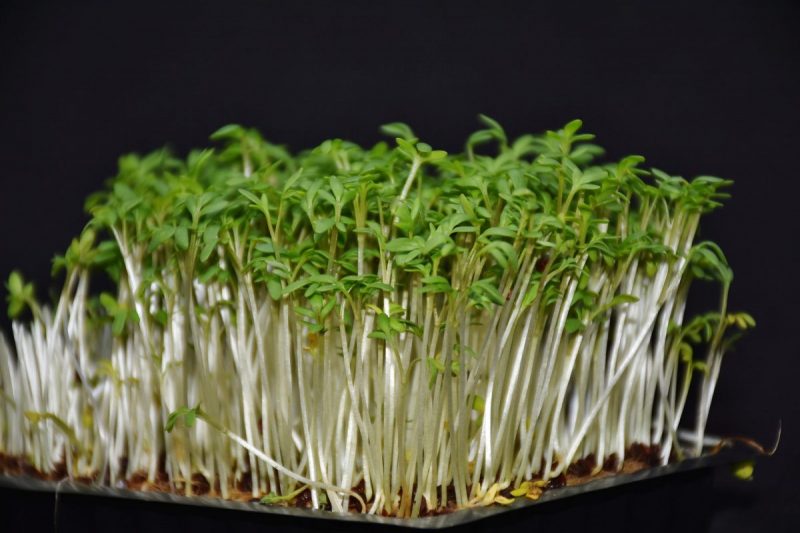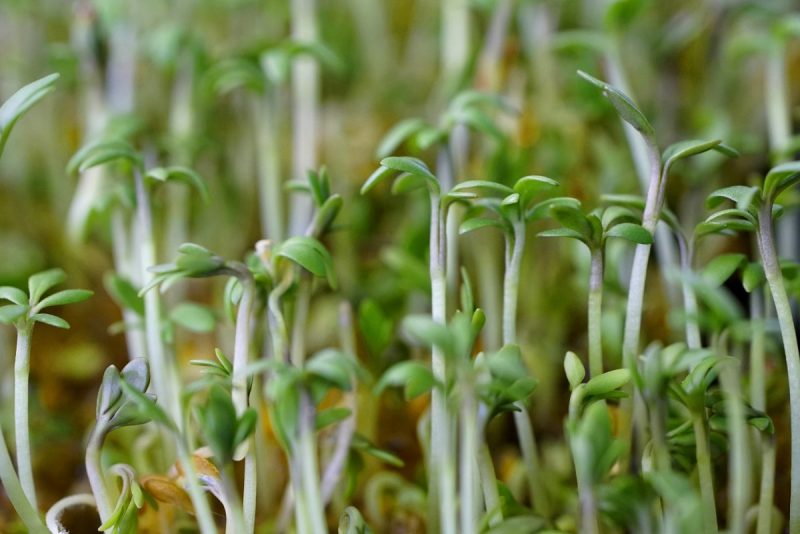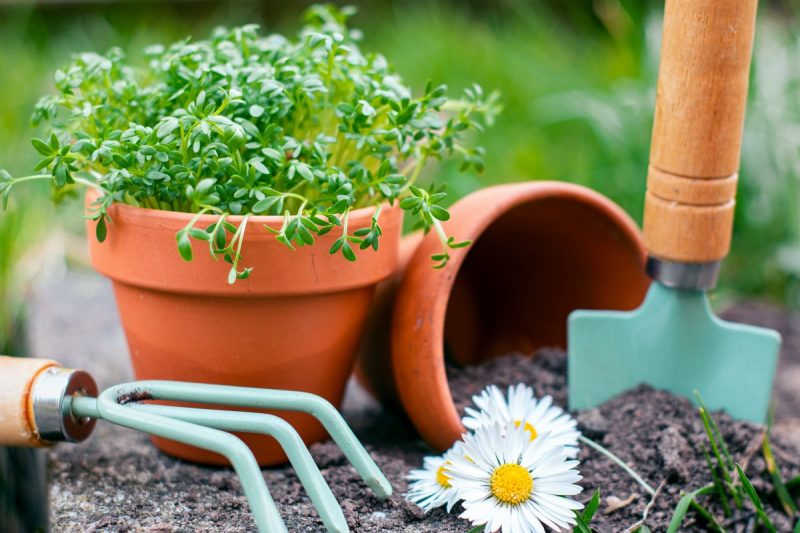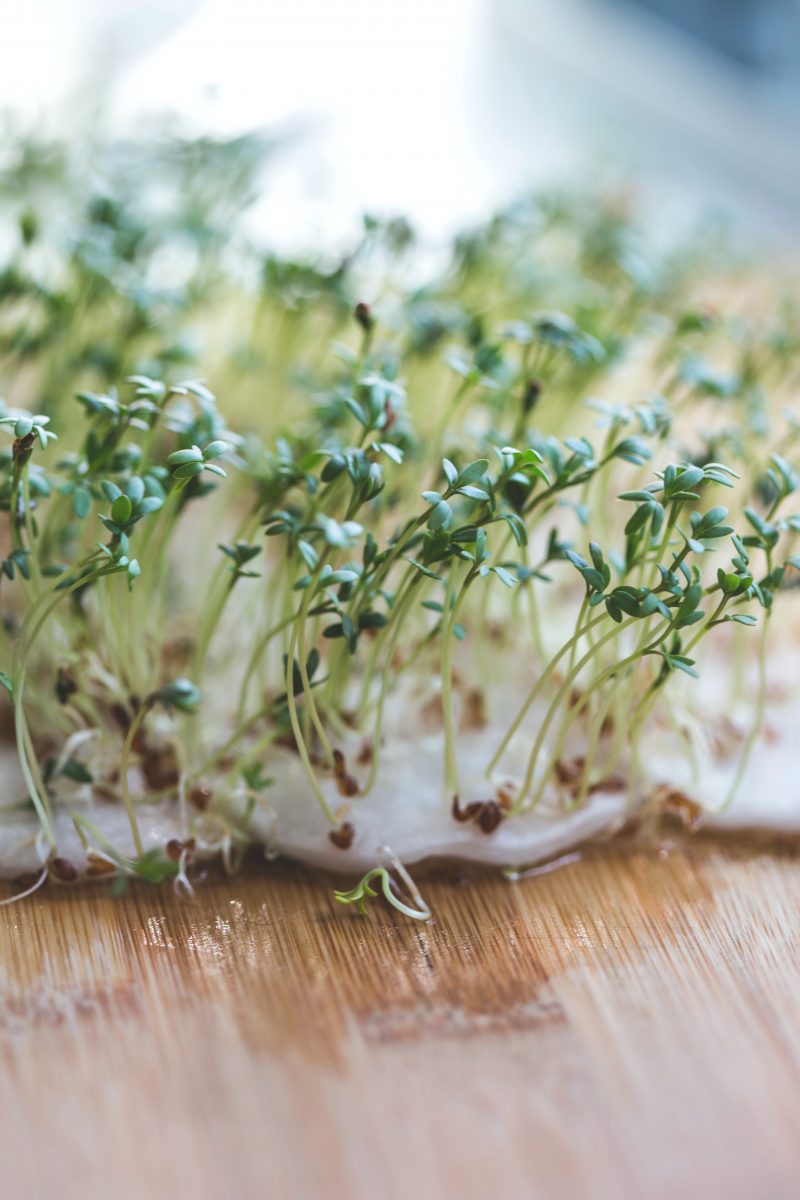Garden cress – planting, growing and harvesting

Garden cress (Lepidium sativum) is an annual plant belonging to the Brassicaceae family, native to southern Asia.
This species is sometimes confused with watercress (Nasturtium officinale), which is an aquatic herbaceous plant of the same botanical family.
Use
Garden cress is cultivated for its leaves which are used to season food, in salads, or in various dishes. It is used in the seedling stage, shortly after germination, due to its peppery taste and rich vitamin content.
Botanical characteristics
It is a fast-growing annual plant, it develops shallow roots and branched stems. The basal leaves are long-petiolate, pinnate, with lobes with large incisions, while those at the top are sessile, filiform. The flowers are small, white, clustered in umbels.



Environmental requirements
Garden cress has low demands in terms of environmental factors, can withstand well lower temperatures, and grows well in less lit places. If it has optimal environmental conditions, germination takes place in a few days or even in 24 hours. When cultivated in the garden, cress requires moist, well-drained soils without excessive organic matter.
Cultivation
It can be grown both in gardens and in pots, in different types of substrate (perlite, vermiculite, cotton wool, or even paper towels). However, it is preferable to be planted in an organic substrate, which can provide the plants with the nutrients needed for proper growth. If wetted beforehand, the seeds will germinate faster. For harvesting at the seedling stage, fertilization is not mandatory and garden cress can be grown in organic conditions.
In order to have fresh garden cress for a longer time, it is recommended to sow in stages, at intervals of 10 days.
Care
Spraying the substrate regularly with water is the most important care work, given the short vegetative growth period of this plant until harvest.
Harvesting and storage
Harvesting the seedlings can be started one week after sowing or when the plants are 6-12 cm tall, by cutting them right above the substrate. Delayed harvesting can lead to bitter plants. The seedlings can be stored for a short time in the refrigerator.
Diseases and pests
Since the harvest is done 1-2 weeks after sowing, the plants are rarely attacked by diseases or pests.















































































































































































































































































































































































































































